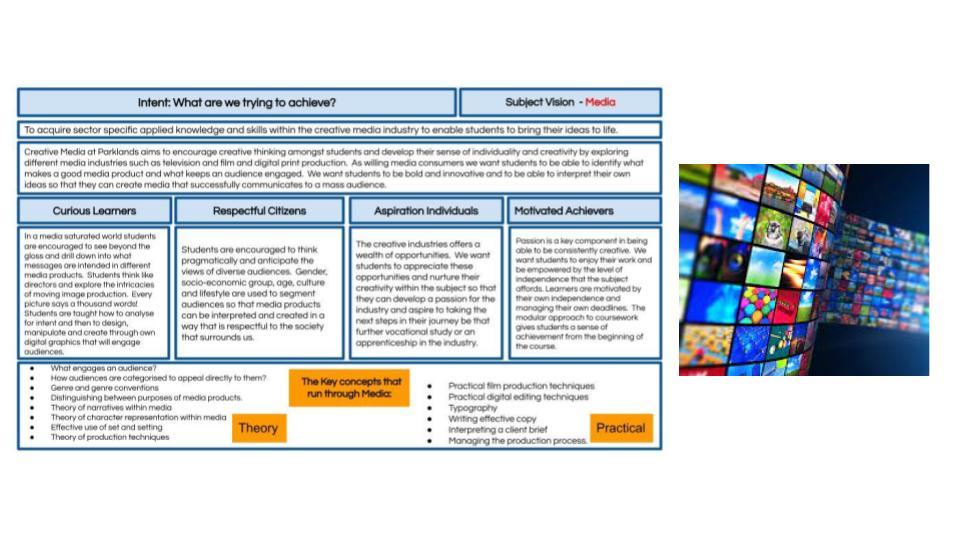EdTech Policies Compared: UK vs US vs Australia – Key Differences & Insights
introduction: The Global Impact of EdTech Policies
As educational technology (EdTech) continues to revolutionize the way students learn and teachers instruct,the strategies and policies behind it’s implementation are under growing scrutiny. Countries like the United Kingdom, United States, and Australia are paving the way—each with unique approaches shaped by their cultures, infrastructures, and priorities. If you’re seeking an in-depth comparison of UK vs US vs Australia EdTech policies, this article will illuminate the major differences, highlight best practices, and offer actionable insights for educators and policymakers worldwide.
Understanding EdTech: A Brief overview
EdTech—a blend of “Education” and “Technology”—comprises various digital tools and platforms that enhance classroom learning, governance, and remote education. Effective EdTech policies promote not only technology integration but also equitable access, teacher training, and student data privacy. As each country’s education system is unique, their approaches to EdTech adoption differ substantially.
Key Differences in edtech Policies: UK vs US vs Australia
United Kingdom
- Centralized Strategy: The UK’s Department for education (DfE) sets nationwide edtech standards, with an emphasis on digital competence and infrastructural equality.
- National Initiatives: Projects like “EdTech Demonstrator Program” support peer-led digital transformation in schools.
- Focus Areas: Digital skills for students; teacher professional advancement; digital curriculum resources.
- Privacy Framework: Comprehensive data protection guided by the GDPR.
United States
- Decentralized Approach: EdTech policy is mainly driven at state and local district levels.
- Federal Support: Acts like the Every Student Succeeds Act (ESSA) back technology initiatives, but execution varies regionally.
- Public-Private Partnerships: Collaboration with private EdTech firms drives innovation and rapid adoption.
- Student Data Protection: Managed via FERPA and COPPA; regulations differ across states.
Australia
- Federal-State Collaboration: Education policy is a shared obligation, with guidance from the National Education Architecture.
- EdTech in Action: National agendas like Digital Education Revolution and robust digital inclusion frameworks.
- Emphasis on Equity: Targeted programs for remote, Indigenous, and disadvantaged communities.
- Data Privacy: National privacy principles, with states’ additional regulations.
Comparative Table: UK, US, and Australia EdTech Policies
| aspect | UK | US | Australia |
|---|---|---|---|
| governance | Centralized (DfE) | Decentralized (State/District) | collaborative (Federal & State) |
| Key Initiatives | EdTech Demonstrator, National Curriculum | ESSA, Future Ready, e-Rate programme | Digital Education Revolution, digital Literacy School Grants |
| Equity Focus | State-funded support for disadvantaged schools | Variable by state/district | Strong focus on remote & minority communities |
| Teacher training | Mandatory digital CPD programs | Available but not always mandatory | State/federal professional learning modules |
| Data Privacy Laws | GDPR | FERPA, COPPA, State Laws | Federal and State Privacy Policies |
Benefits & practical Tips: What Can we Learn?
despite differing approaches, all three countries illustrate how robust EdTech policies can transform educational outcomes. Here are some practical insights and tips for educators and policymakers inspired by these models:
- Prioritize Equity: Follow Australia’s lead by intentionally designing programs for rural, remote, and disadvantaged learners.
- Standardize professional development: The UK’s centralized approach ensures educators are well-equipped to integrate technology.
- Encourage Innovation: The US model shows how collaboration with private EdTech companies can accelerate access to cutting-edge tools.
- Safeguard Data: Robust frameworks like GDPR and FERPA should inspire ongoing updates to data protection policies.
- Leverage Peer Networks: Peer-led programs (e.g., UK’s EdTech Demonstrators) foster scalable digital transformation.
Case Studies: Real-World Submission of EdTech Policies
case Study: UK’s EdTech Demonstrator Program
Launched in 2019, this program funds schools that have excelled in digital adoption to mentor others. Results: improved teacher confidence, better student digital engagement, and scalable best practices across regions.
Case Study: US 1:1 Device Initiatives
School districts across states rolled out 1:1 device policies, aiming to give every child a learning device. While successful in closing the digital gap, challenges with device management and consistent internet access remain.
Case Study: Australia’s Digital Literacy Program
Focusing on teacher professional development, digital curriculum resources, and infrastructure upgrades, this program has led to measurable increases in digital skills, especially among First Nations students in remote areas.
First-Hand Experience: Voices from the classroom
“When our school became part of the UK’s EdTech Demonstrator project, I finally felt equipped—not just to use digital tools, but to inspire my students to become creators, not just consumers, of technology.”
– Sarah M., Lead Teacher, London
“as a teacher in a rural school in Australia, government-funded digital inclusion programs closed the digital divide for our Indigenous students and leveled the playing field.”
– Mark T., New south Wales
“The flexibility of the US system means my district can tailor EdTech solutions for our diverse student body. Though, I wish ther was greater consistency and funding support.”
– Lisa J., California
conclusion: Shaping the Future of Education Through policy
The comparison of EdTech policies in the UK, US, and Australia reveals that there is no “one size fits all” solution. Each system’s success hinges on adapting best practices to local realities and investing in teacher development, equity, and robust frameworks for privacy and innovation. As technology continues to evolve, collaborative international learning—and regular policy reviews—will empower educators and policymakers to unlock the full potential of EdTech for all learners.
Looking to implement or enhance your school’s EdTech strategy? Study global models, foster continuous professional development, and always keep student equity and privacy at the heart of your approach.

